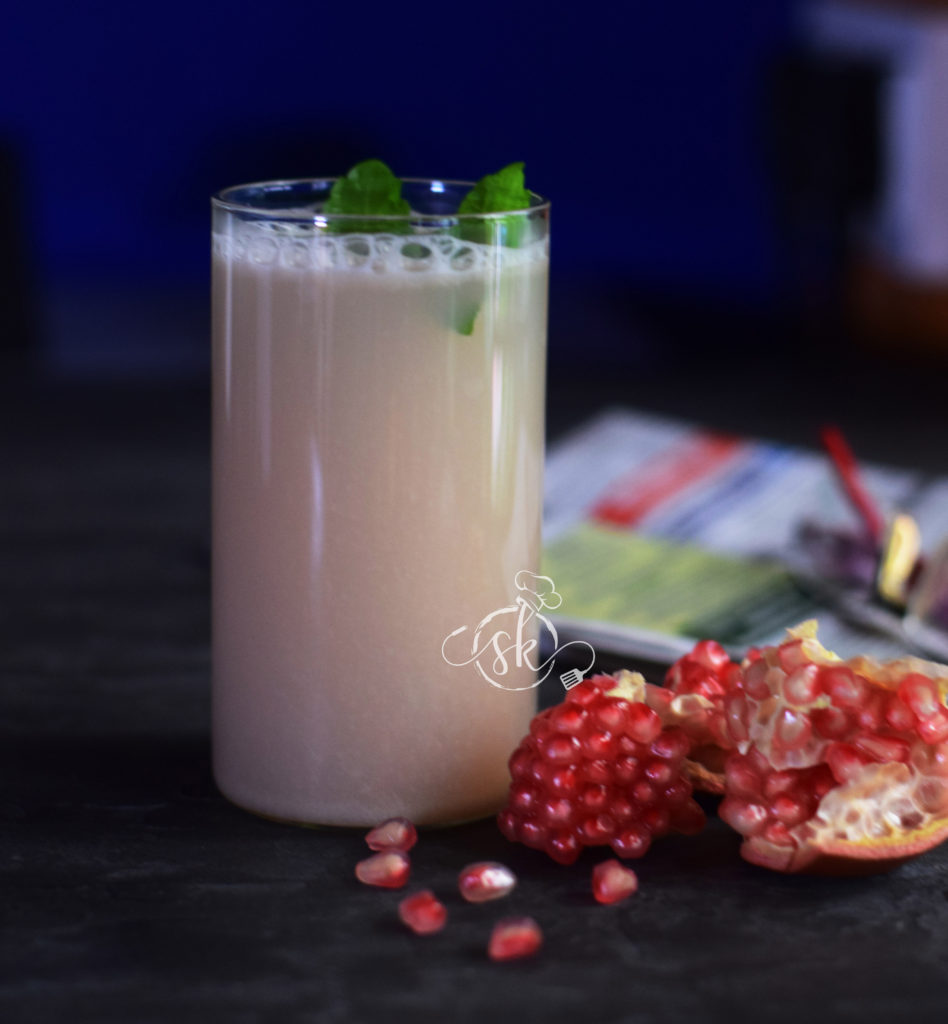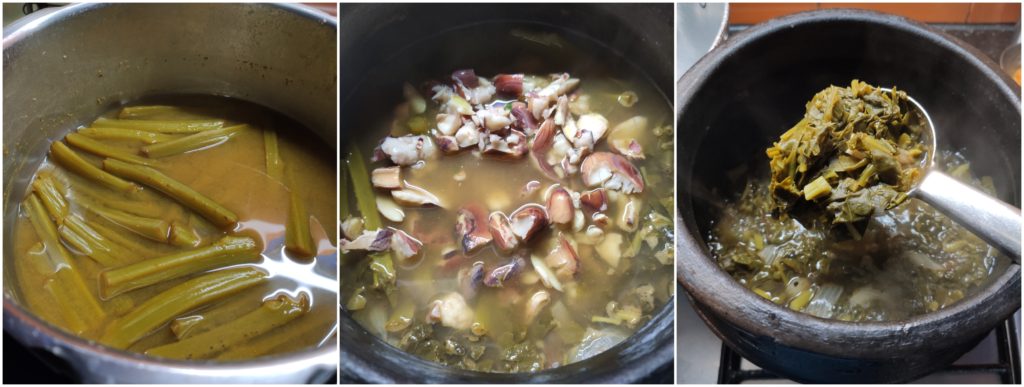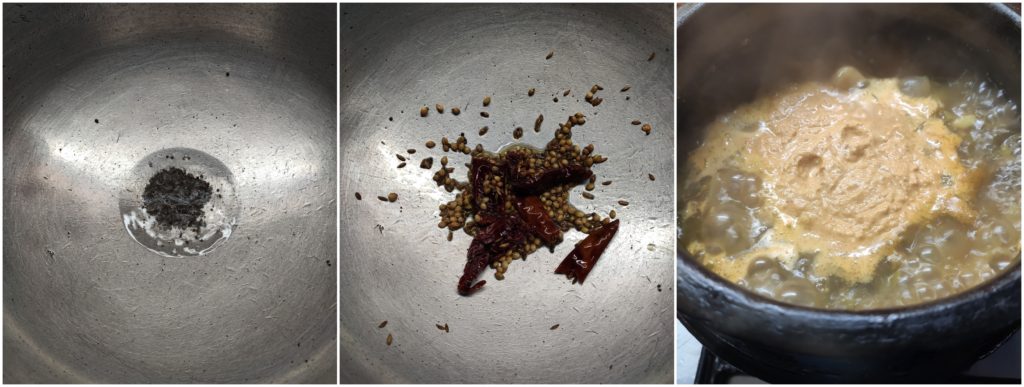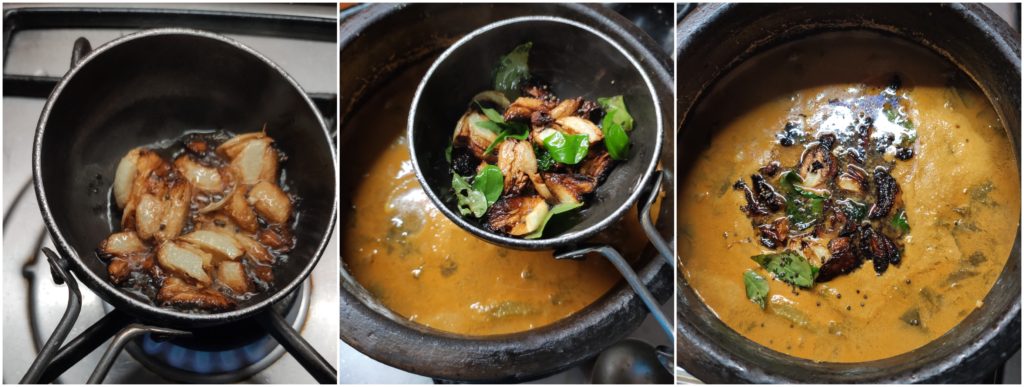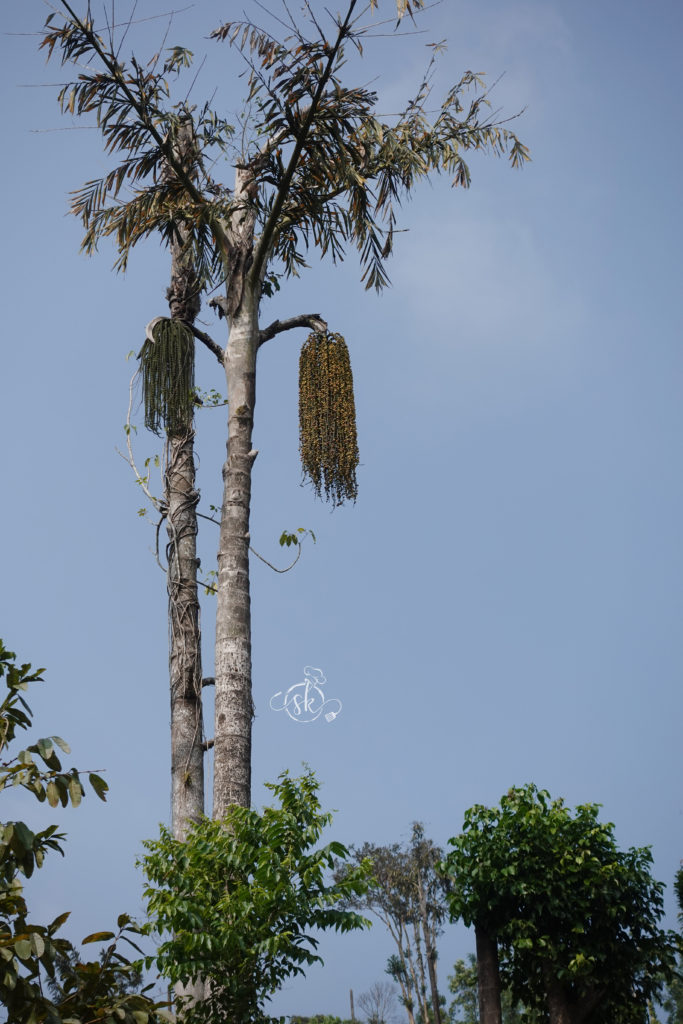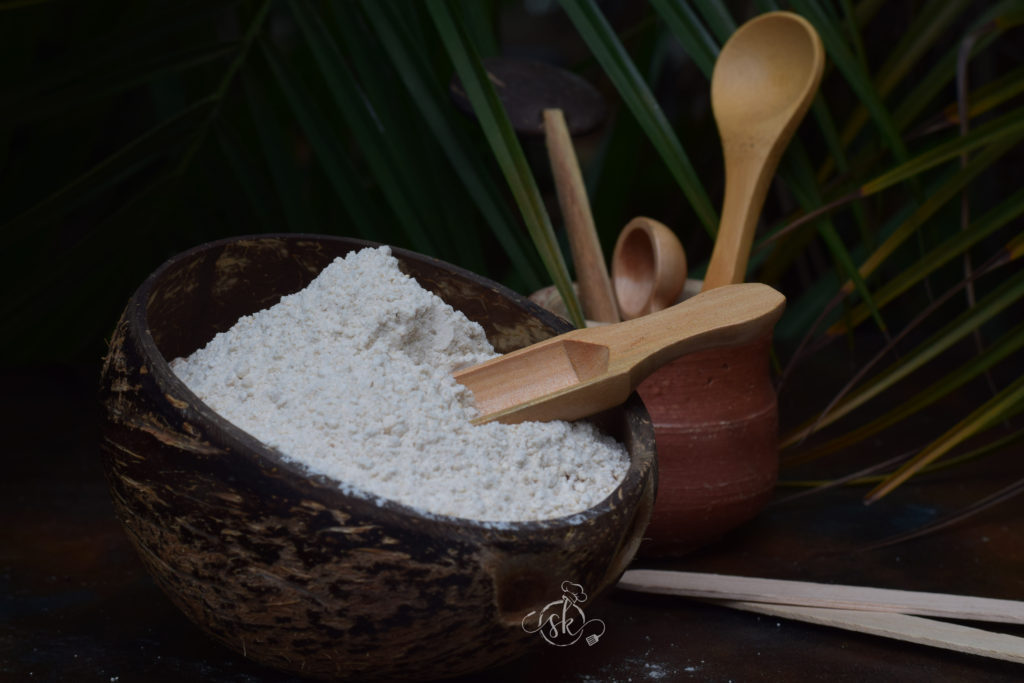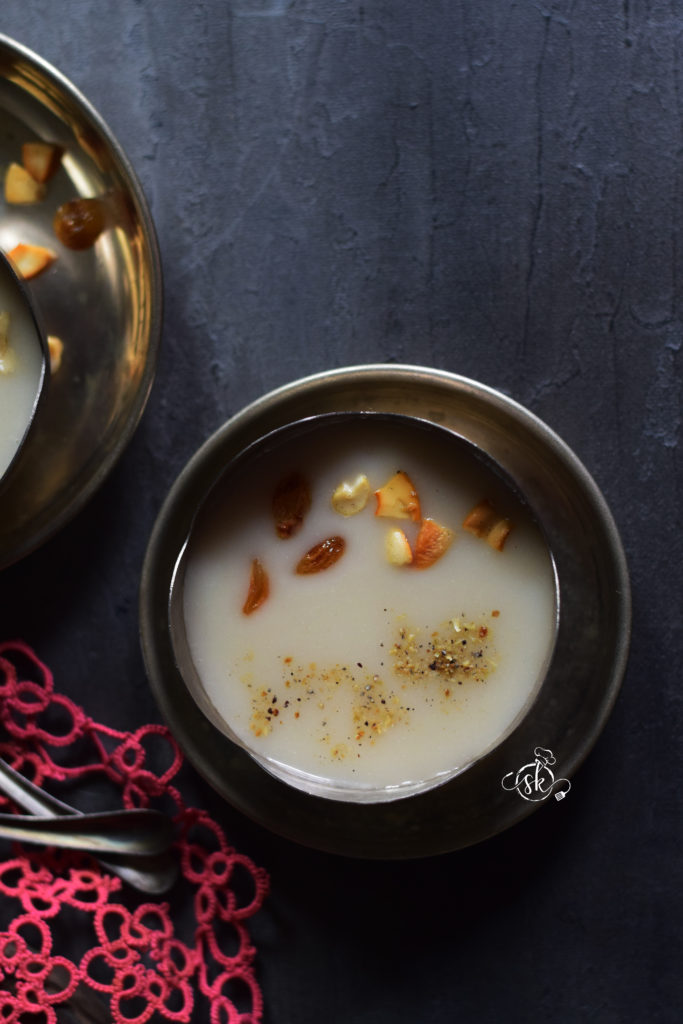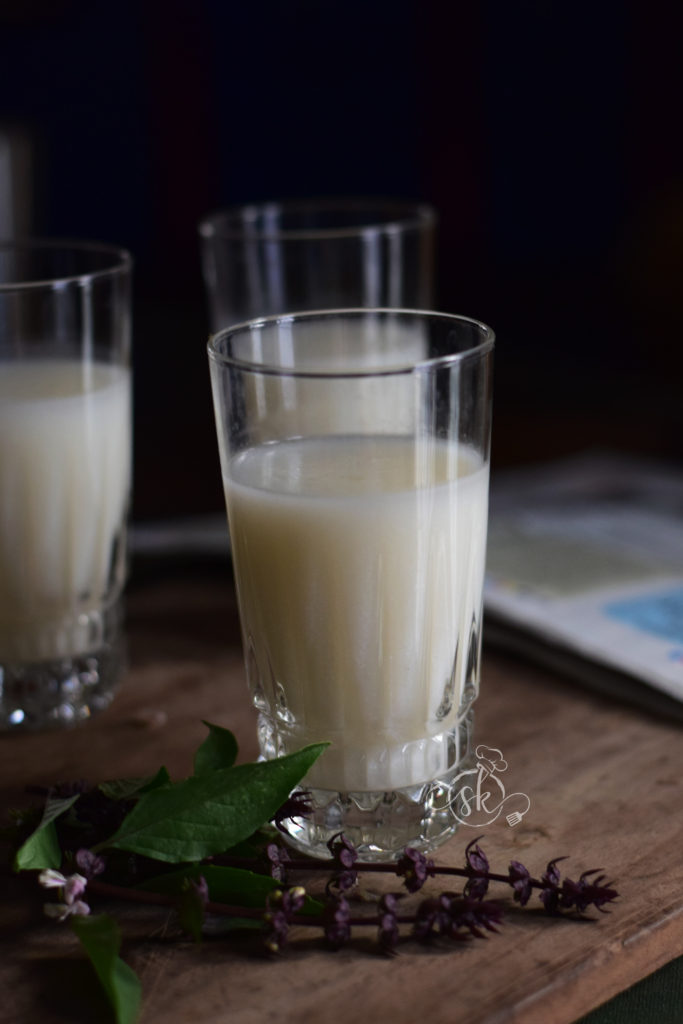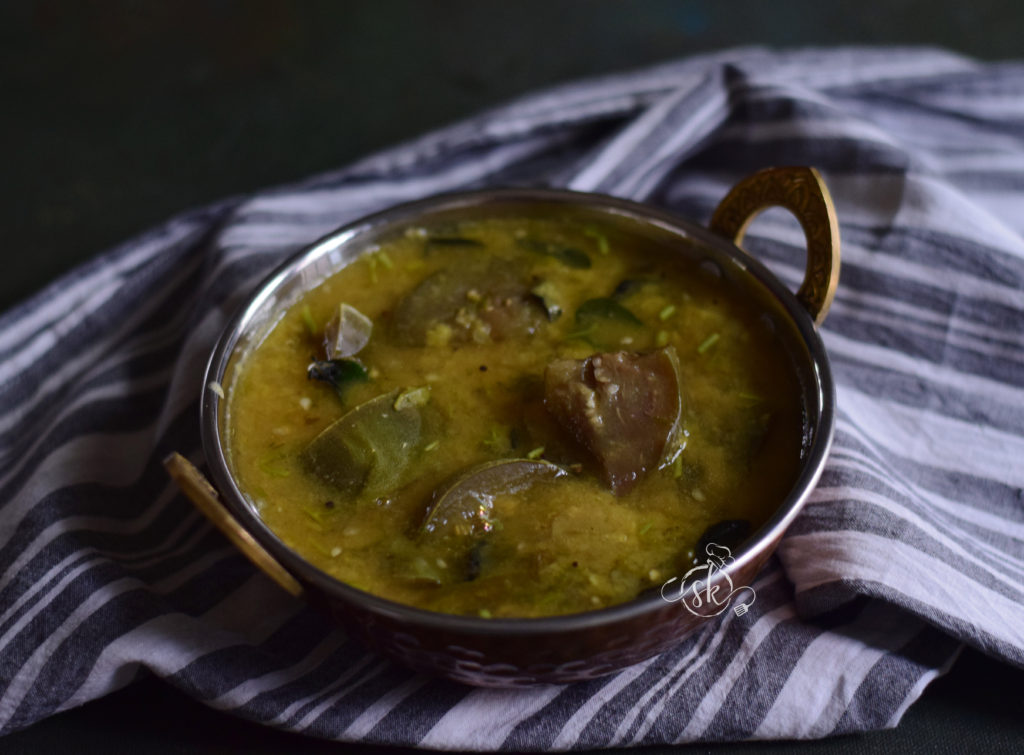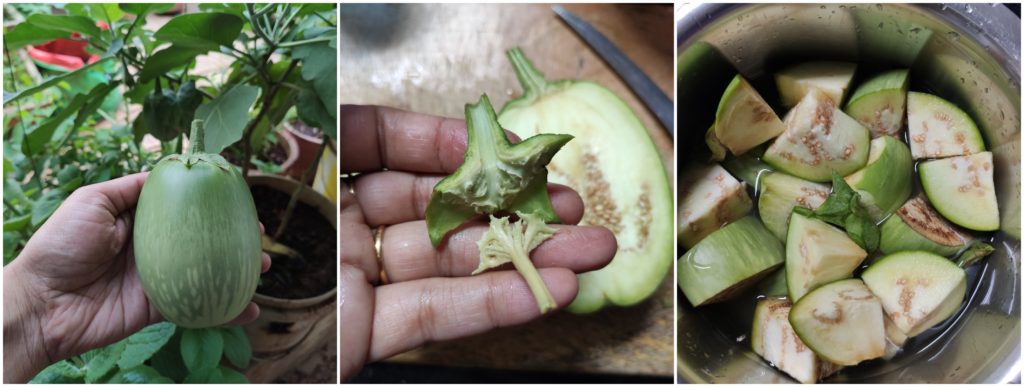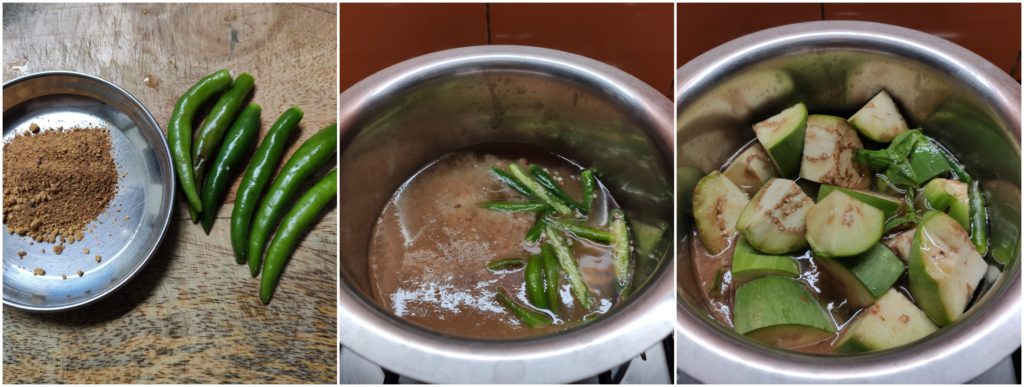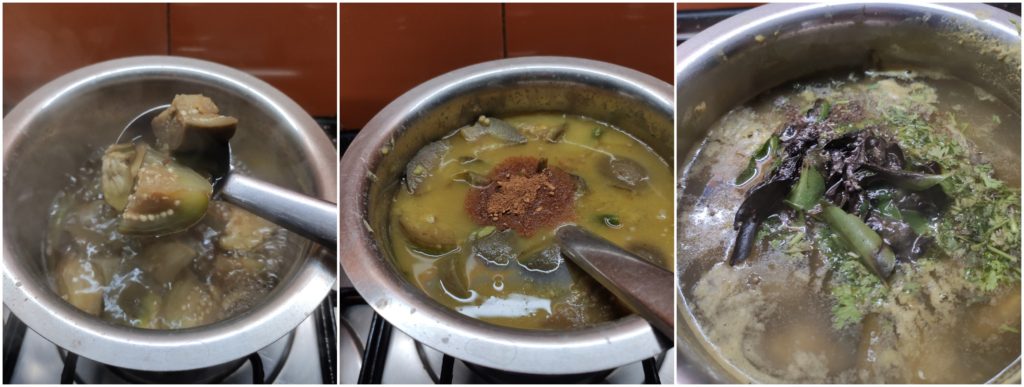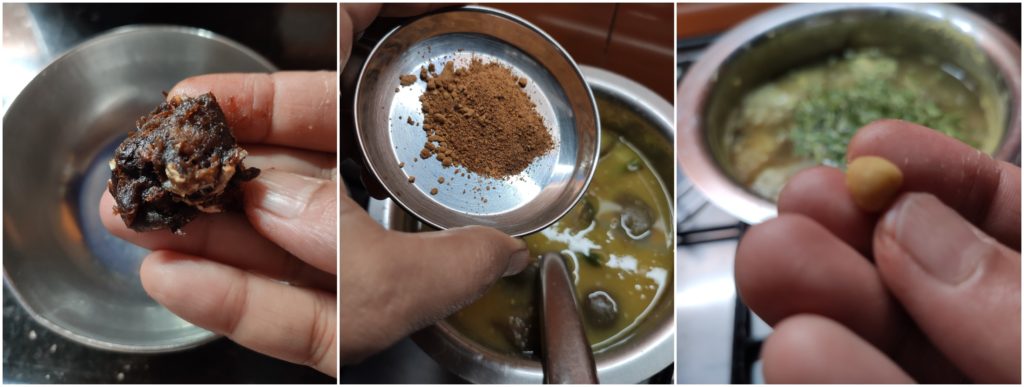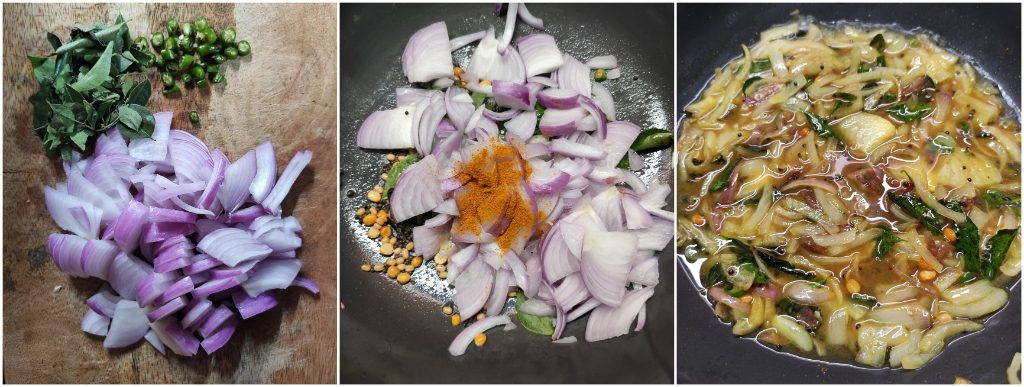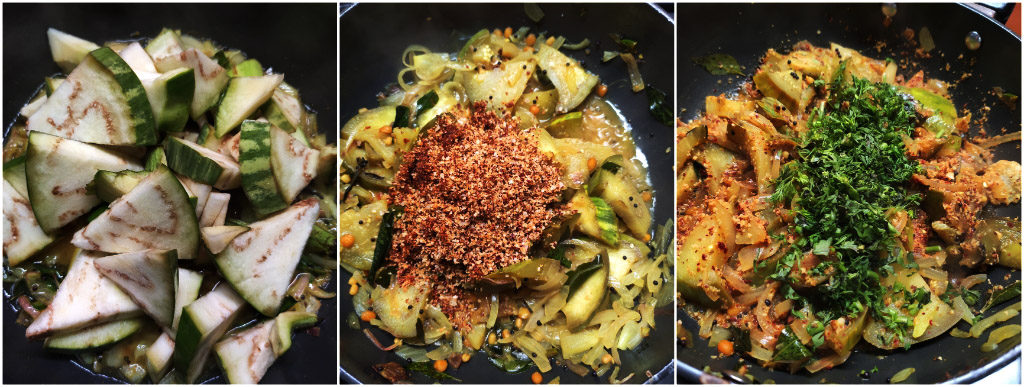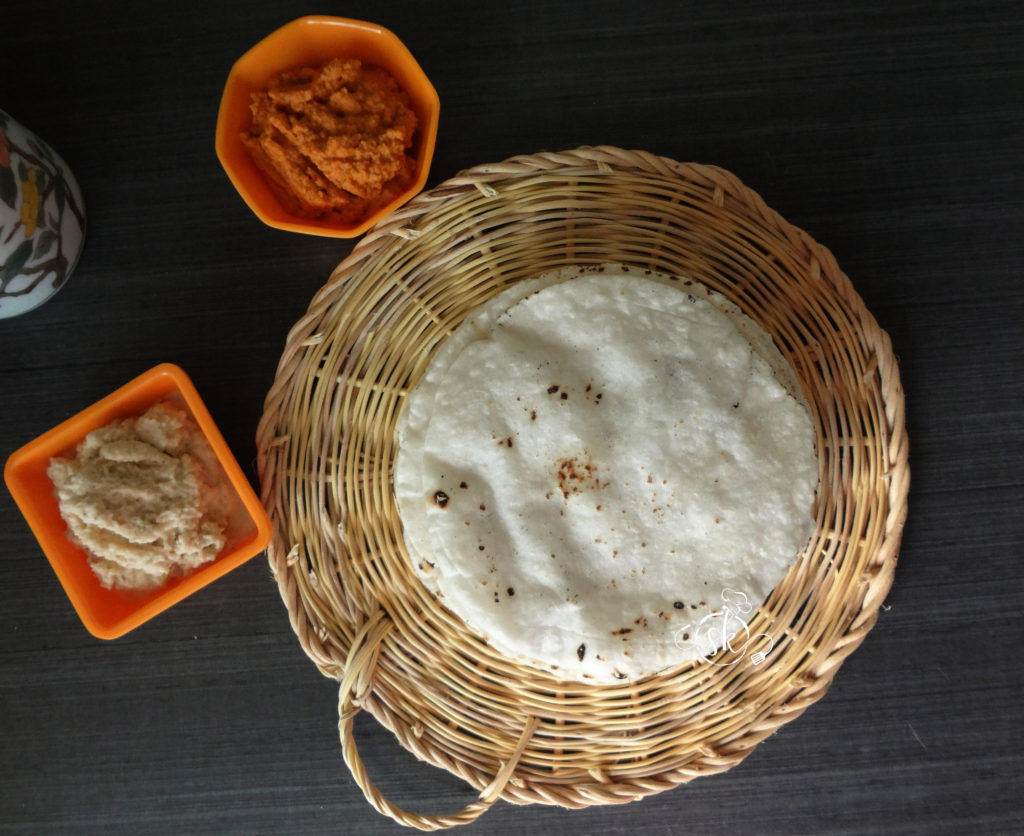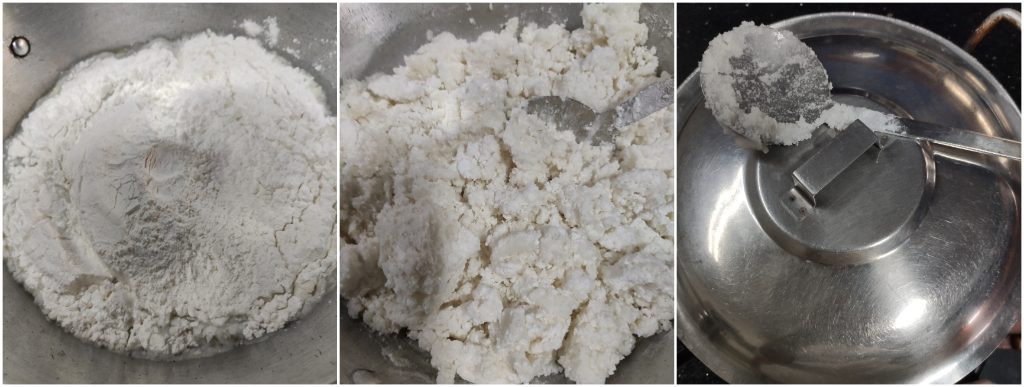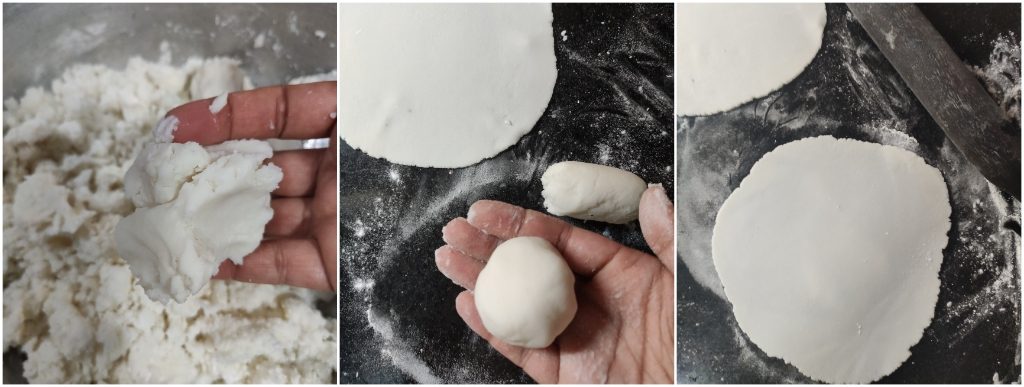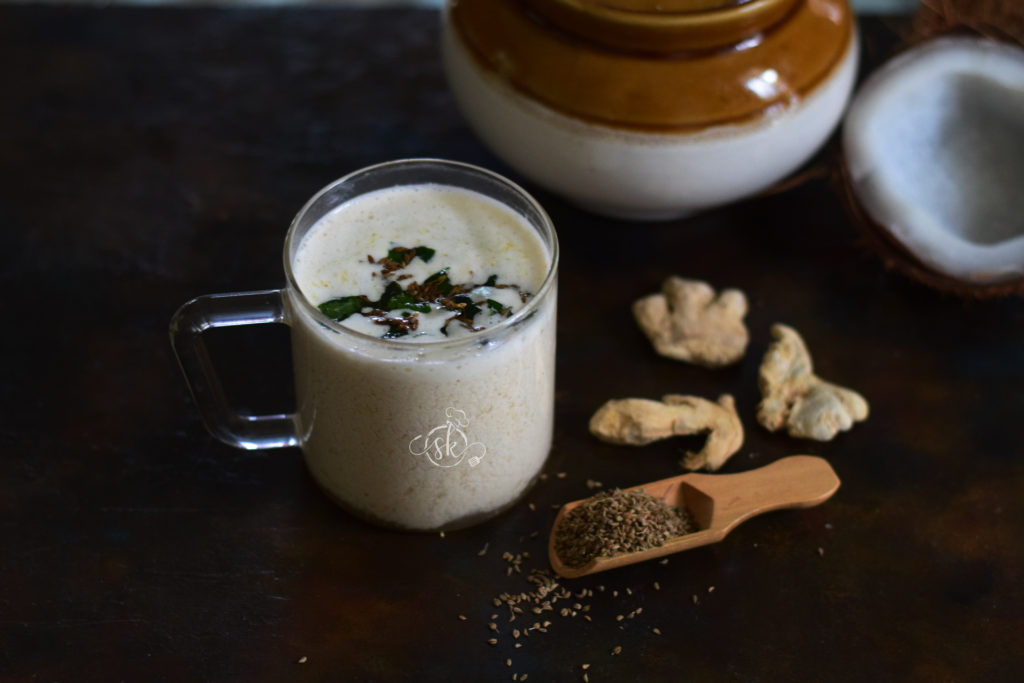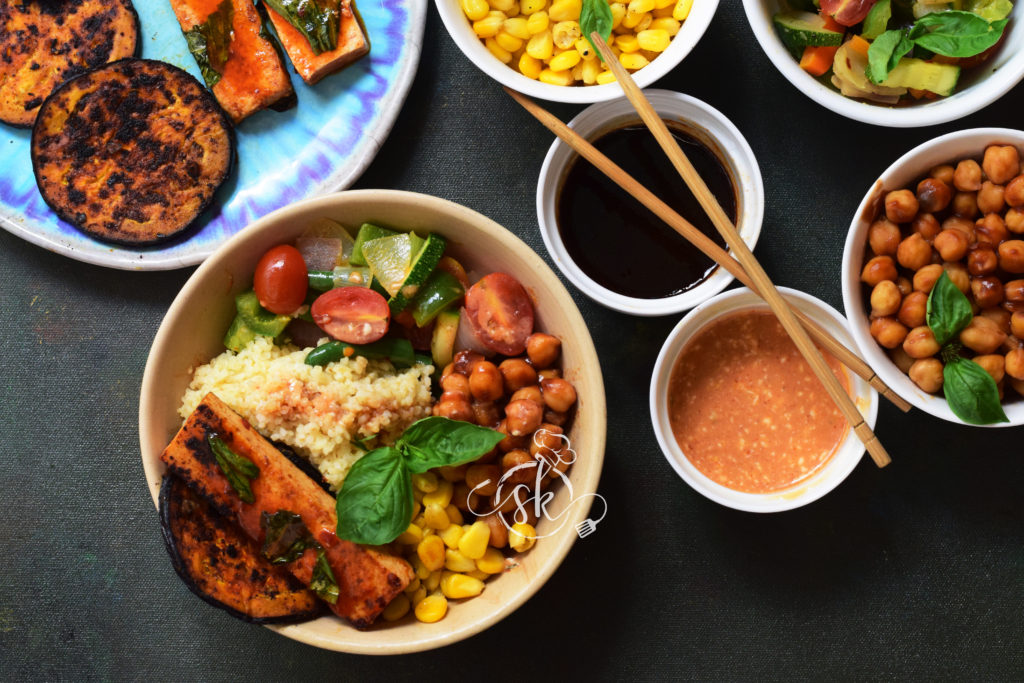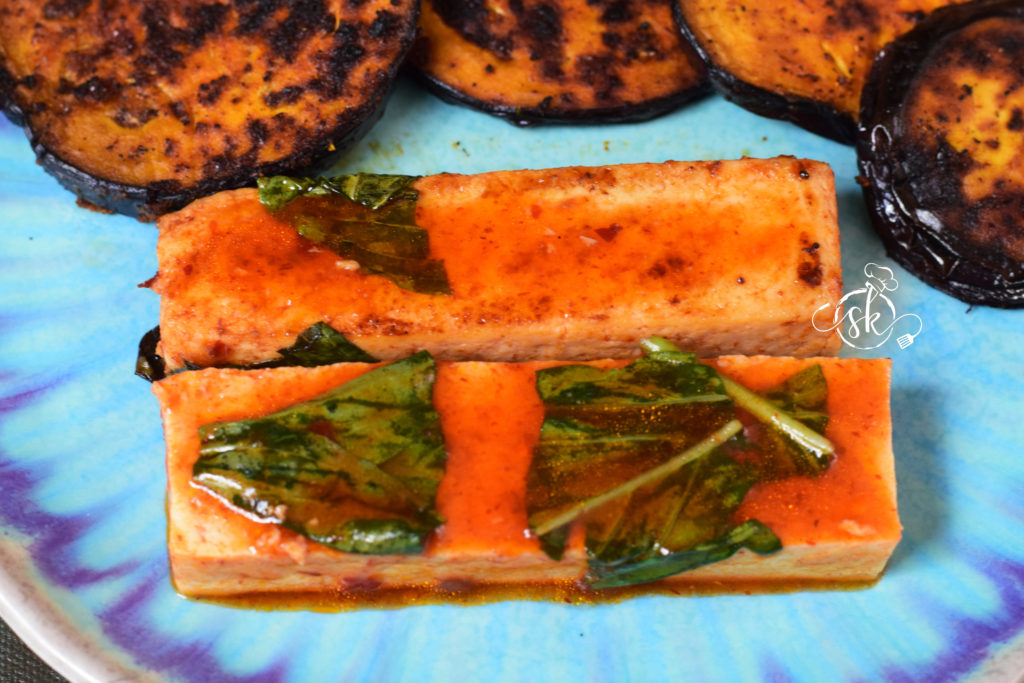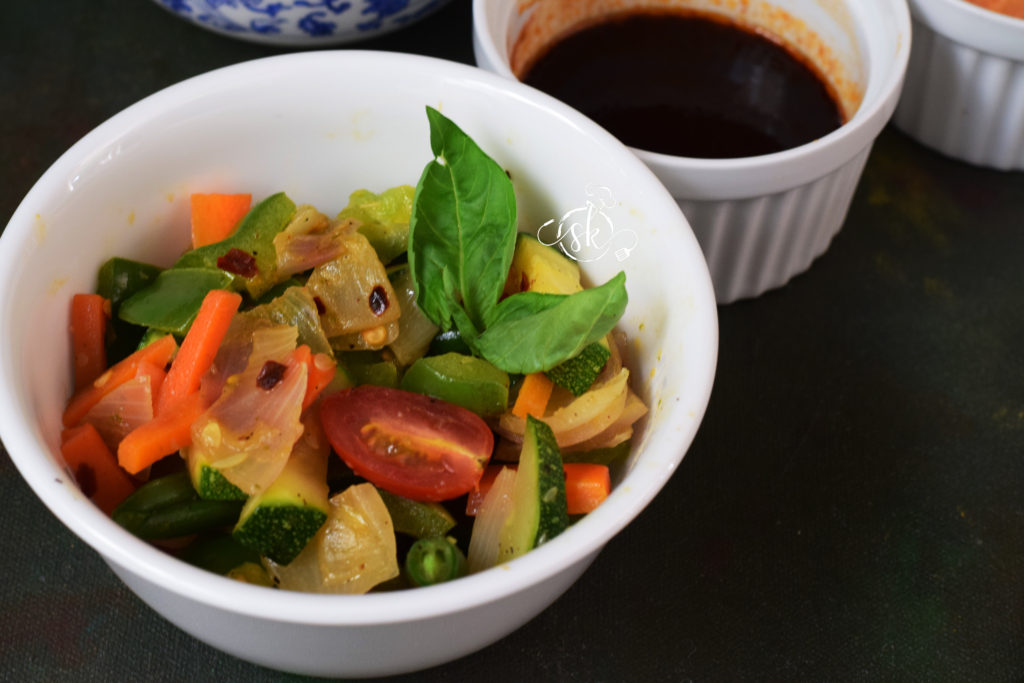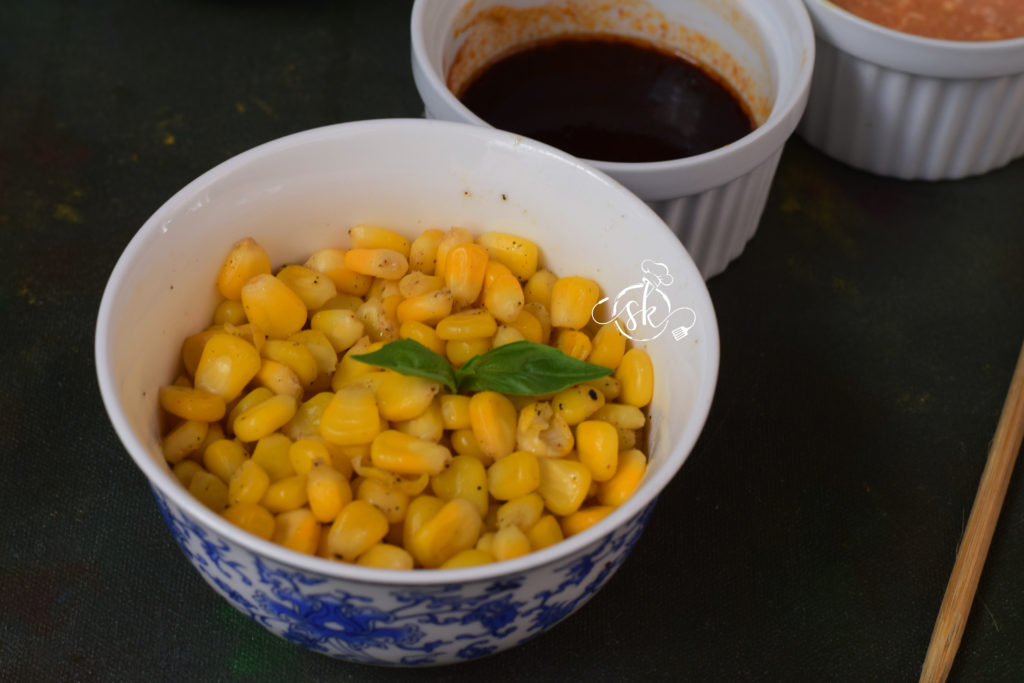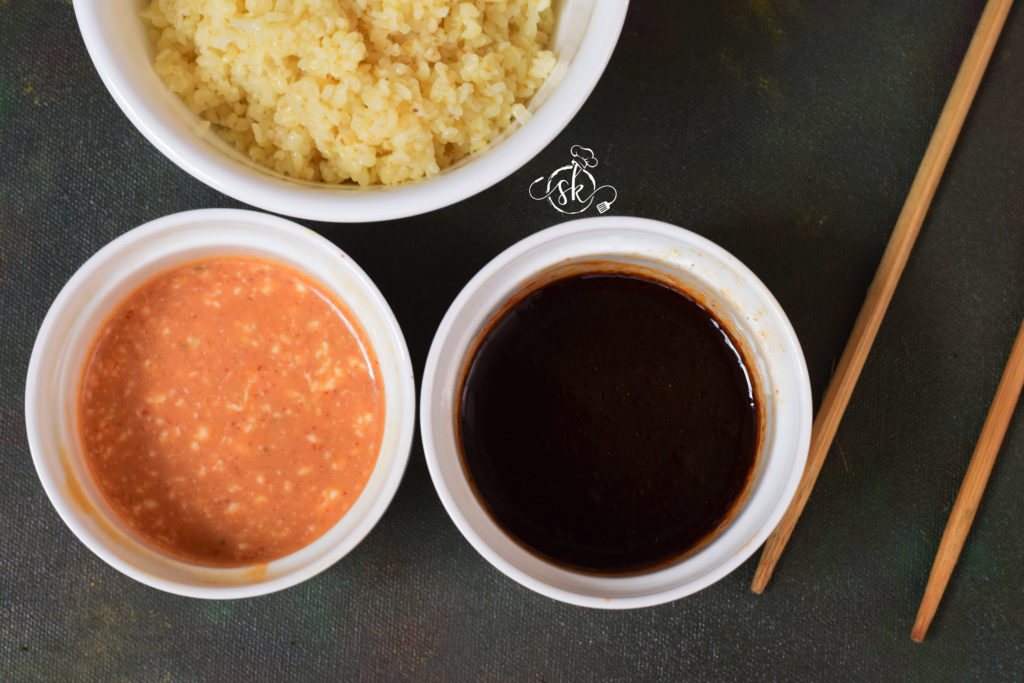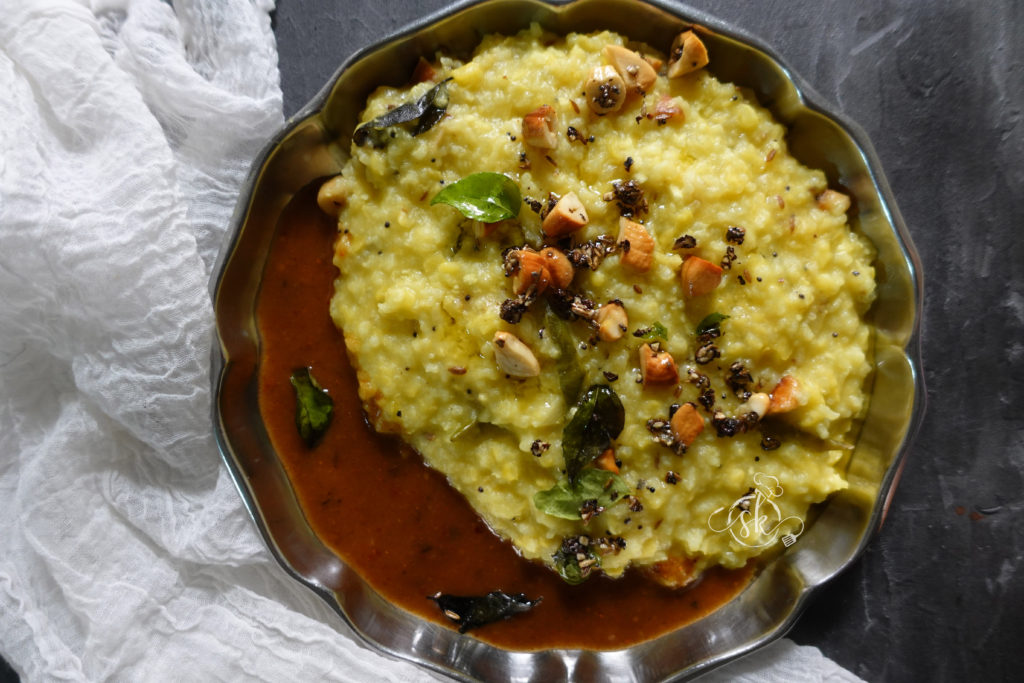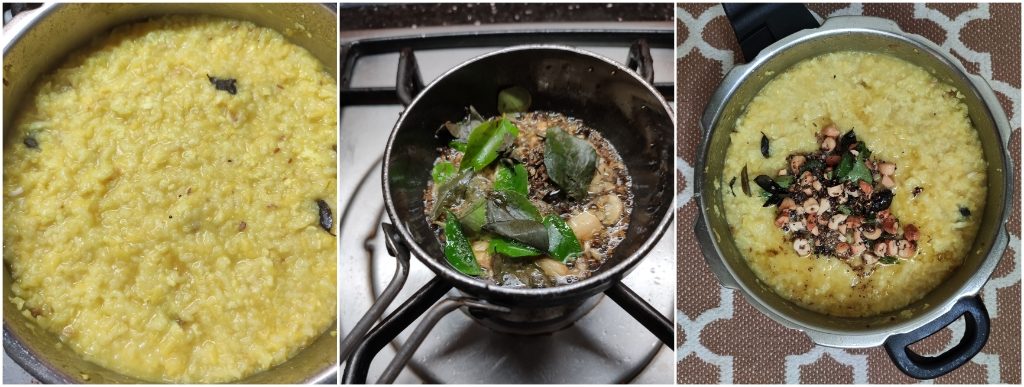Raw Mango, the name itself makes us drool. Summer is always the time to relish Mango, from tangy to sweetest form. Here, I have shared a super simple, quickest form of relish. Mango thokku is a perfect balance of hot and sour tastes and goes very well with every possible dish. It can be used as a chutney, spread or with curd rice or Indian dal.
Things which we have to keep in our mind are,
-Use thick bottomed steel or anodised cookware. (please don’t use aluminium or iron Kadai while cooking souring agents)
-Usage of Mango: Thothapuri variety is ideal for this.
-The quantity of Oil: If you want to store the thokku for a longer duration, use more oil, and if it is for quick use, with a shorter shelf life, use less oil and keep it under refrigeration.
-To get an authentic taste, use cold-pressed sesame oil or Til oil. If you don’t like the overpowering taste of til, add half the amount of sesame oil and half the amount of Sunflower oil.

Ingredients:
Thothapuri Mango – 2
Oil – ½ cup ( ¼ cup of sesame + ¼ cup of sunflower oil)
Mustard – 1 tbl spoon
Broken red chillies – 2
Curry leaves – 2 springs
Salt – acc to your taste
Turmeric – 1 tsp
Red chilli powder – 1 to 2 tbl spoons ( acc to the required hotness)
Roasted methi powder – ½ tsp
Method:
-Wash, peel and grate the mangoes.
-Heat Kadai, add oil and Do the process in low heat to avoid burning. Splutter mustard, fry red chilli and curry leaves.
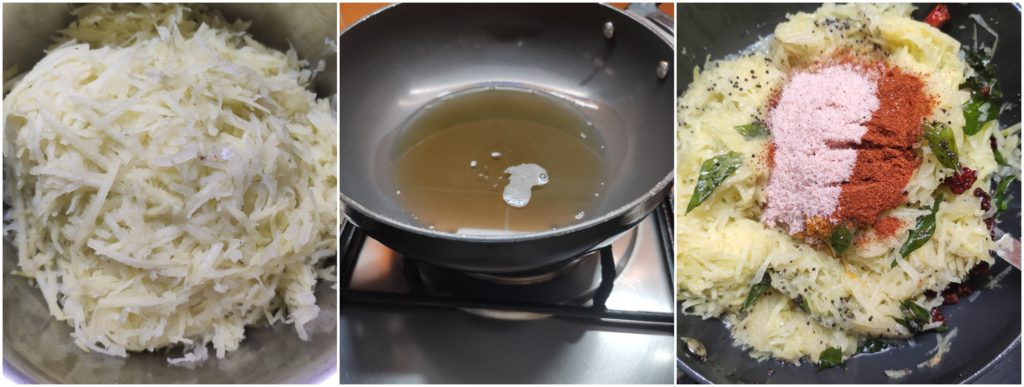
-Add grated mangoes, and cook for 2 to 3 minutes. When it starts wilting, add turmeric, red chilli powder, salt, and cook further.
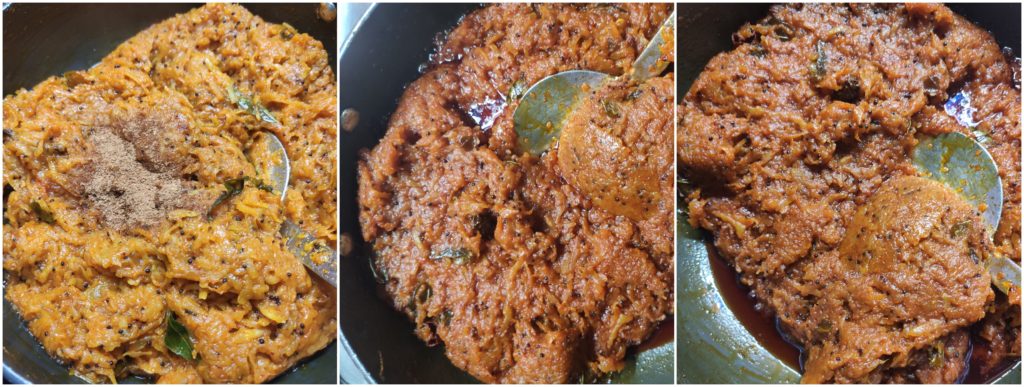
When oil starts to ooze out at the sides, add roasted methi powder, cook some more time, and switch off.
-Cool the mixture, and store it in a dry glass bottle. Enjoy with hot rice, rotis or even toasted bread.

